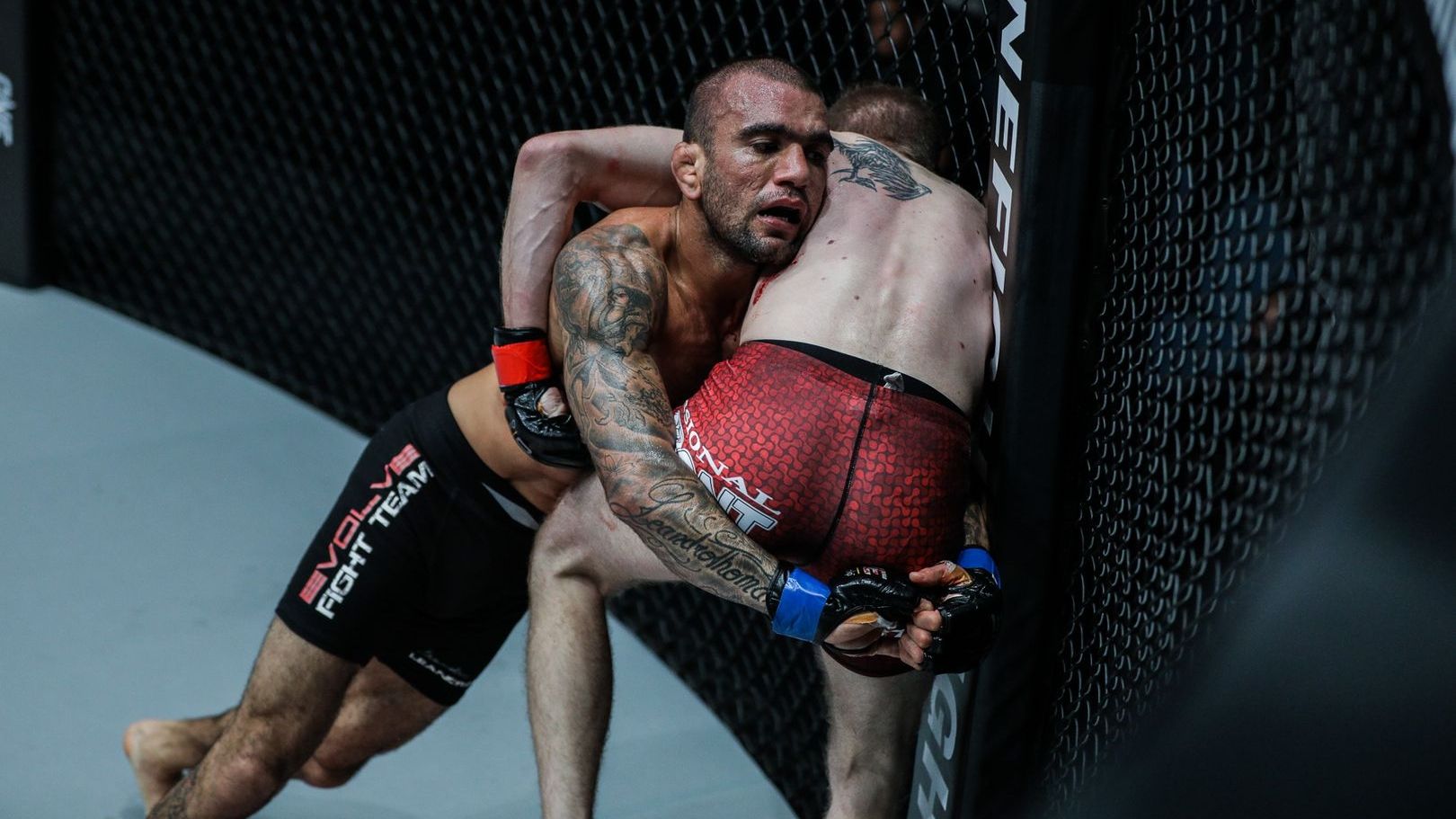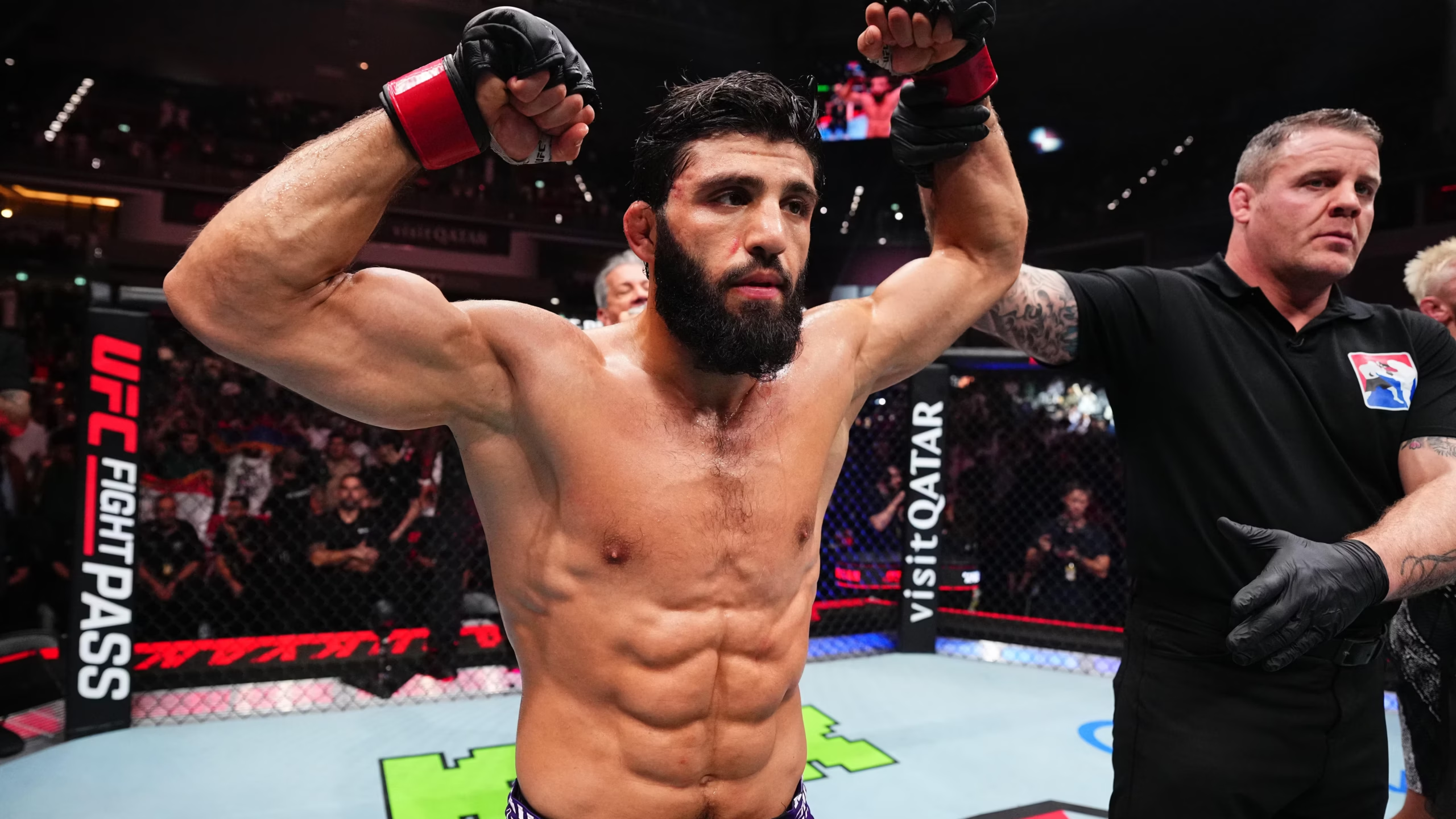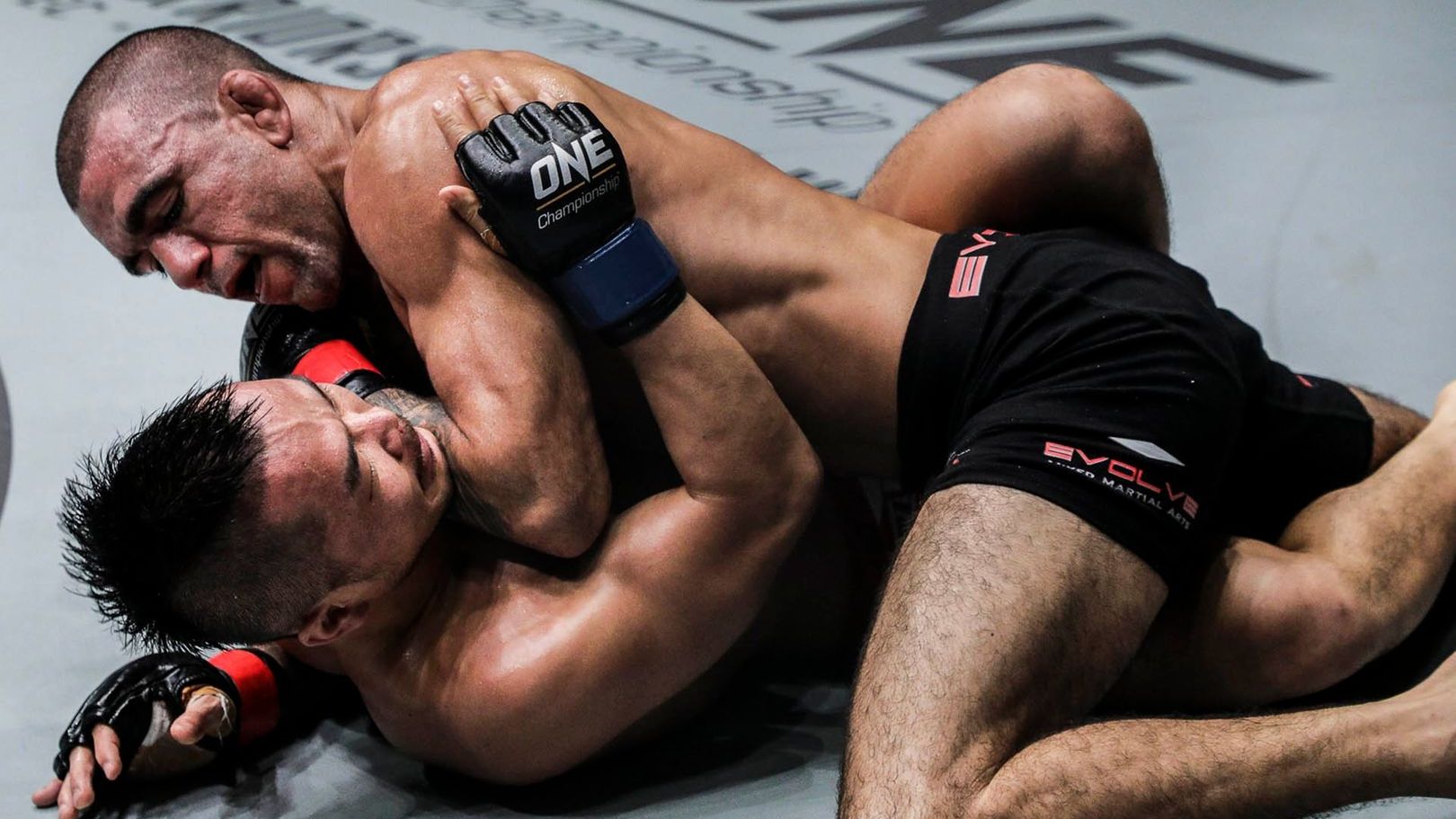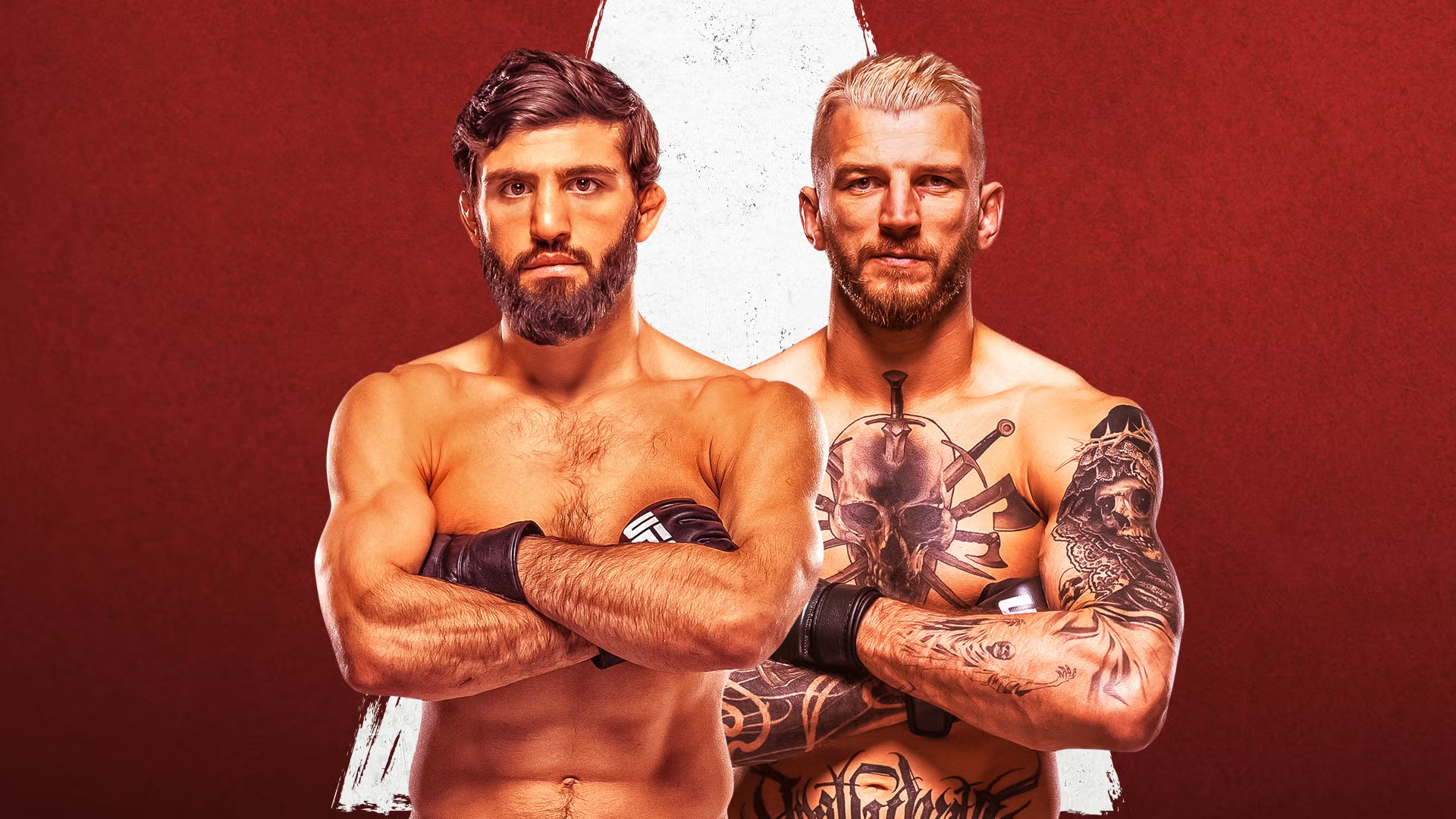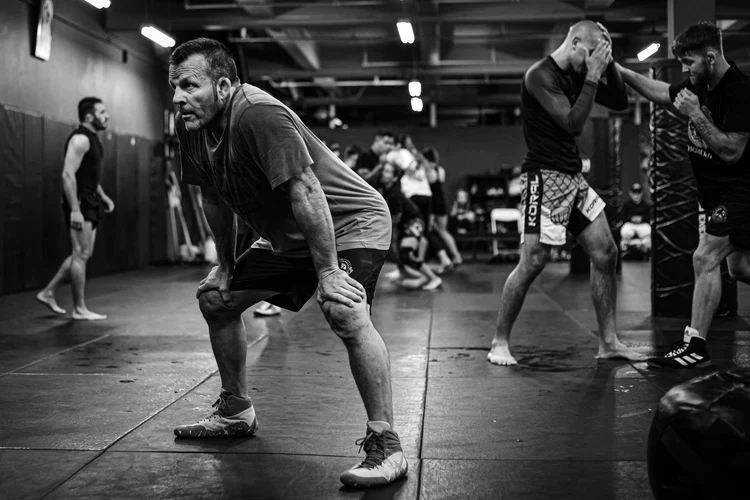UFC drug testing explained (CSAD era): what’s banned, how tests work, whereabouts & TUEs
Curious how the UFC tests fighters now that USADA is out? This guide gives UFC drug testing explained in clear language: who runs the program, how samples are collected and analyzed, what’s on the Prohibited List, how whereabouts works, what a TUE is, and what sanctions look like. The current system launched in 2024 and relies on independent partners; the essentials below come from official UFC/CSAD materials and major outlets.
Who runs testing in the CSAD era
The UFC’s anti-doping program is administered with three key players: Drug Free Sport International handles sample collection, SMRTL (a WADA-accredited lab in Salt Lake City) handles analysis, and Combat Sports Anti-Doping (CSAD) manages results and sanctions independently of UFC matchmakers. The UFC’s public anti-doping hub lists the partners, and ESPN’s explainer confirms the DFSI→SMRTL pipeline and the appointment of a program administrator and science advisor. That’s the backbone of UFC drug testing explained post-USADA.
What’s banned (and where the list comes from)
The program follows the World Anti-Doping Agency (WADA) Prohibited List—the annually updated catalogue of substances and methods banned in-competition and/or out of competition (e.g., anabolic agents, peptide hormones, EPO, blood doping methods, diuretics/masking agents, certain stimulants and narcotics, cannabinoids in-competition above a threshold, etc.). The 2025 List is the current reference, and WADA’s site is the authoritative index. Knowing that WADA sets the baseline is core to UFC drug testing explained.
How, when, and where testing happens
- In-competition and out-of-competition: Fighters can be tested year-round, not just during fight week. Collectors can appear at homes, gyms, hotels, or venues.
- Urine and blood: DFSI collects both, then sends them to SMRTL for analysis. The UFC says the program also emphasizes more EPO/HGH testing and expanded isotope-ratio work.
- Public test history: The program publishes a running test log (now counted by “test sessions” rather than raw sample count), which improves transparency for fans and media.
Whereabouts, explained (obligations & misses)
Elite fighters have to provide whereabouts information (locations and time windows) so collectors can find them for no-notice tests. The UFC Anti-Doping site publishes a dedicated Whereabouts Policy document alongside the main policy and TUE rules. Practically, missed tests/whereabouts failures can lead to violations if accumulated—one more reason UFC drug testing explained must include whereabouts basics.
Therapeutic Use Exemptions (TUEs): when a banned med is allowed
If an athlete needs a prohibited medication (say, for a legitimate medical condition), they must apply for a TUE in advance. The UFC anti-doping portal hosts the TUE policy and forms. Without an approved TUE, using a prohibited substance can still trigger a violation—even if prescribed—so athletes are instructed to check meds/supplements before use.
Sanctions: typical lengths and recent examples
Penalties depend on the substance, intent, cooperation, and case facts (e.g., contaminated supplement vs. deliberate doping). CSAD announcements show recent outcomes ranging from six months (contaminated-supplement scenarios) to one year or more for prohibited substances without adequate justification or TUE. These public notices illustrate how the current system applies sanctions in practice—useful for readers searching UFC drug testing explained after news breaks.
Why the shift from USADA happened (short version)
USADA ran the UFC program from 2015 through 2023. In October 2023 both sides confirmed the partnership would end and the UFC announced a new model starting 2024, with DFSI collecting tests and CSAD handling results. ESPN’s detailed explainer covers the split and the new architecture (administrator, science advisor, SMRTL lab). This context helps UFC drug testing explained stay evergreen even as specific partners evolve.
Supplements & “accidental” positives
Many anti-doping cases start with tainted supplements. The UFC hub maintains an approved-supplement resource and repeatedly warns athletes to vet products; strict liability still applies if a label hides a banned ingredient. Recent CSAD cases and media reporting show how cooperation and contamination evidence can mitigate—but not erase—suspensions.
What fans should know on fight week
- This system is independent of the judges and commissions: anti-doping is administered separately from bout scoring or medicals.
- Fight-night positives can overturn results when state commissions adjudicate (as with past cases under USADA). The UFC’s program coordinates with regulators; state outcomes still apply to records.
- Test counts ≠ cleanliness rating: a higher test total isn’t a trophy, but public logs do improve accountability.
FAQs — UFC drug testing explained
Does the UFC still follow the WADA list?
Yes. The program references the WADA Prohibited List, which updates annually.
Who collects the samples now?
Drug Free Sport International collects; SMRTL analyzes; CSAD manages results and sanctions.
What if my doctor prescribes a banned drug?
Apply for a TUE before use. Without one, a positive test can bring a sanction even if you had a prescription.
Can sanctions be reduced?
Yes—depending on evidence (e.g., contamination, prompt admission/cooperation). Recent CSAD cases illustrate reductions from baseline lengths.
Where can I see how often a fighter was tested?
The public test history page on the UFC Anti-Doping site.
MMAailm.ee is a premier MMA blog committed to delivering comprehensive analysis, up-to-the-minute news, and exclusive insights into the global landscape of mixed martial arts. Catering to passionate MMA enthusiasts worldwide, MMAailm.ee covers everything from fight night breakdowns and athlete performances to technical evolutions and behind-the-scenes narratives. Our mission is to bridge the gap between fans and the ever-evolving world of MMA through timely information and engaging content.
Latest articles
-
Cage cutting in MMA explained: pressure, footwork and cage control
-
UFC Fight Night Tsarukyan vs Hooker results and review from Qatar
-
Ground and pound in MMA explained: positions, defense & training
-
Las Vegas mecca of fight sports – and the next F1 powerhouse?
-
UFC Fight Night Tsarukyan vs Hooker preview, start time and full card
-
UFC and F1 mental game: how champions handle pressure

